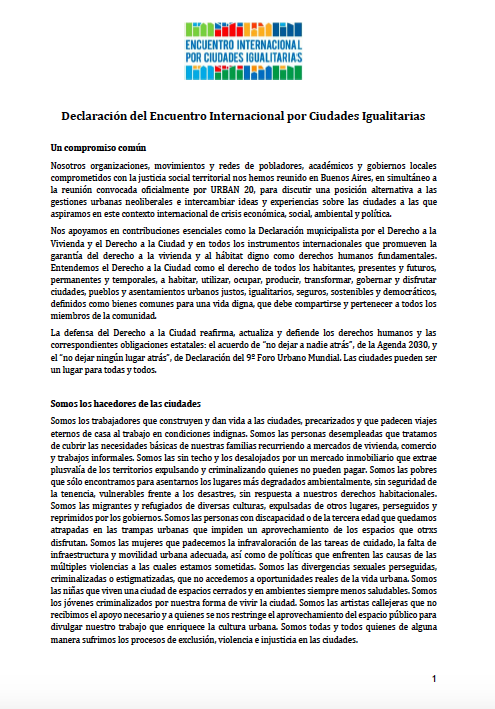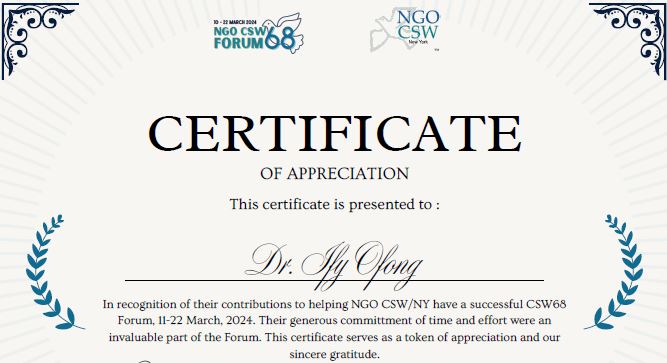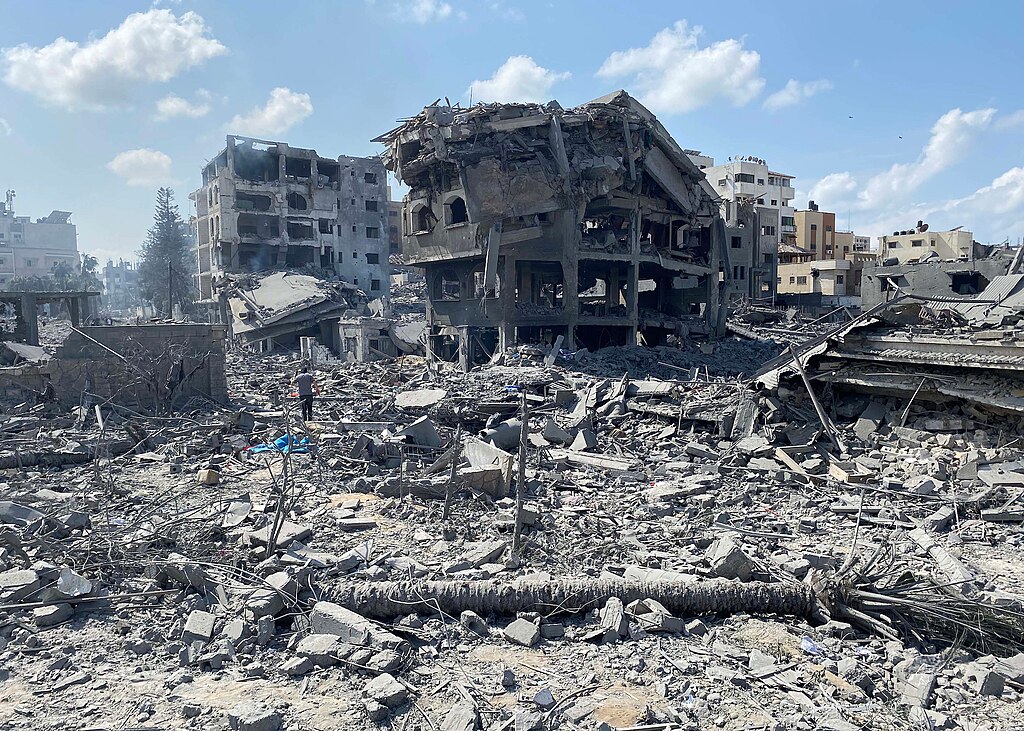Executive summary
NGOs working with communities in South Africa since the late 1980s and early 1990s to develop community based and people centred approaches to human settlement developed very valuable experience and expertise in what became known as the Peoples Housing Process (PHP). This experience was initially shared and used by government in developing new post-apartheid housing policy and programmes. For various reasons, the initial good intentions of the PHP were lost, and NGOs began to advocate for change in the early 2000’s. This advocacy happened in a context where NGOs were viewed with some suspicion by government, donor support for NGOs was declining and where there was no real institutional base or support for the PHP.
Despite these challenges the NGO sector came together to collectively discuss and share their experience of the PHP. By building their understanding and being clear about the real stumbling blocks to the PHP, the NGOs were able to continually apply pressure, forcing government to eventually abandon its own internally produced policy, and work with the NGO sector to produce a new PHP policy. Success has been achieved with a new policy and growth strategy in place, but implementation of the new policy will still be critical to ensure real change for people and communities on the ground is brought about.
The following lessons learnt summarise the reflections of the advocacy experience.
1. Demonstrate coherence with broad government policy and strategy pointing out political pay offs and benefits to get buy in.
2. It is of critical importance to find a champion and capacity within the government department directly responsible for the policy.
3. Bring together knowledgeable external stakeholders, government officials and politicians to share knowledge and experiences so that decision makers are better equipped. International and local successes should be highlighted.
4. Set up a continuing role for NGOs and other stakeholders to interact with government and politicians through the implementation of pilot projects, assessment, programme modification and ongoing program implementation.
5. Advocacy processes require both staff and financial resources which in turn require budgeting and fundraising.
6. Identify and engage all key stakeholders including local government.
7. Build trust, transparency, inclusion and solidarity.
8. There is value in NGOs sticking together, not giving up, being consistent, seizing opportunities, sharing information and keeping the end goal in mind. Negotiables and non-negotiables must be decided collectively upfront.
9. Think of how to move forward and build future capacity for implementation.
10. All issues do not disappear in one set of policy negotiations, however extended.
CONTENTS
1. Peoples Housing Process (PHP): What is it?……………………………………………………………………… 1
2. PHP Policy Advocacy Process……………………………………………………………………………………………. 4
3. Outcomes of the advocacy process…………………………………………………………………………………13
4. Lessons learnt…………………………………………………………………………………………………………………16
PEOPLE’S HOUSING PROCESS: POLICY ADVOCACY TIMELINE……………………………………………….. 22
To download the document just clik here




